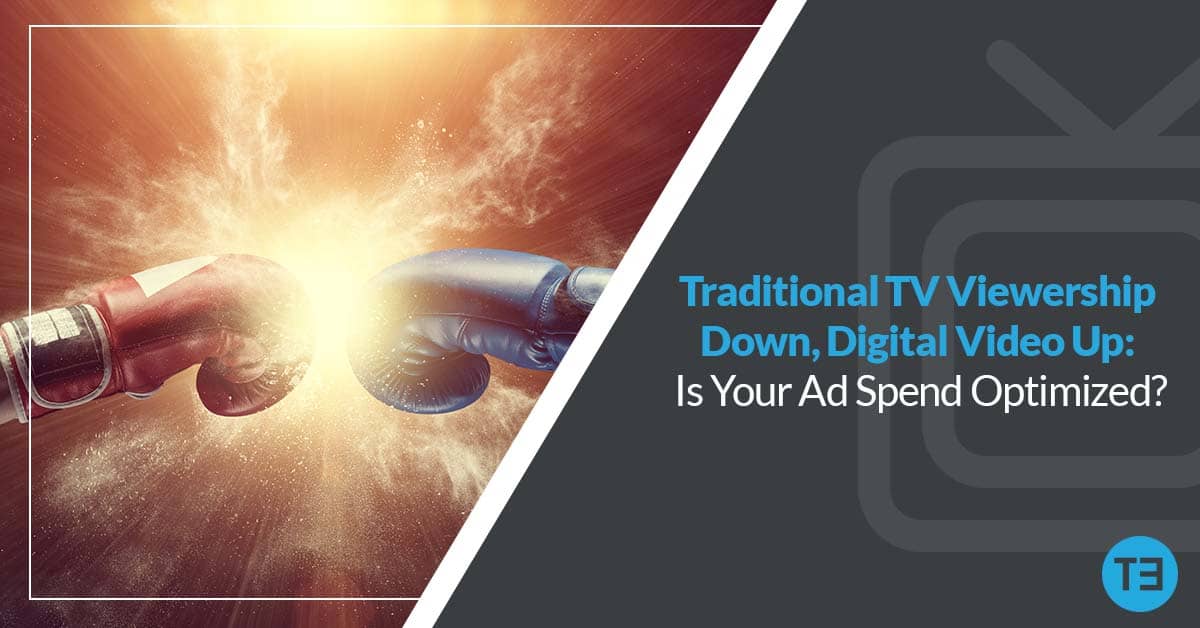Connected TV vs. Traditional TV: Which Is Better for Ads?
6 Minute Read
Advertisers who have been paying attention know that traditional TV viewership is on the decline. More and more people are turning to streaming services, with 85% of households in the United States subscribing to at least one streaming platform.
In fact, the audience for streaming video subscribes to seven different services on average. Most subscribers have a combination of ad-free and ad-supported streaming at their disposal. On streaming services with advertising support, ad views increased 45% from 2020 to 2021.
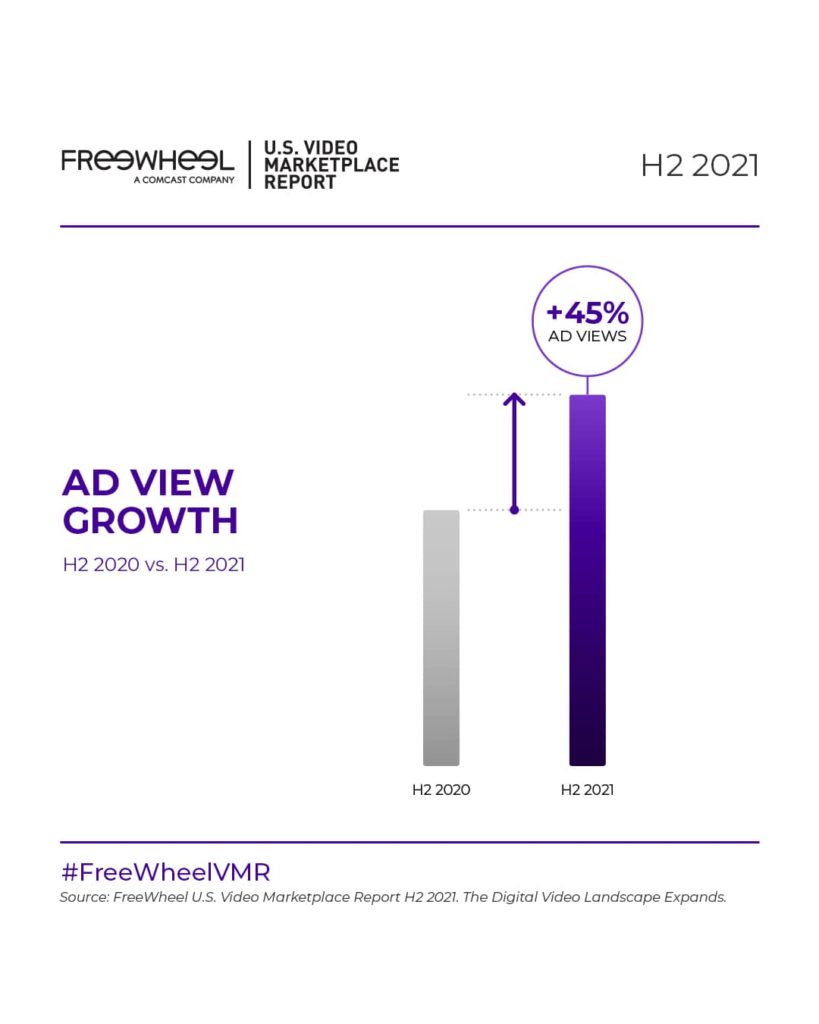
Most options for consuming digital video fall under the broad category of over-the-top streaming, or OTT. OTT channels encompass video content consumed on computers and mobile devices as well as smart and connected TVs (CTV) – anything outside of traditional broadcast television. In fact, a whopping 77% of digital video ads were viewed on televisions, not the “typical” desktop computer or smartphone.
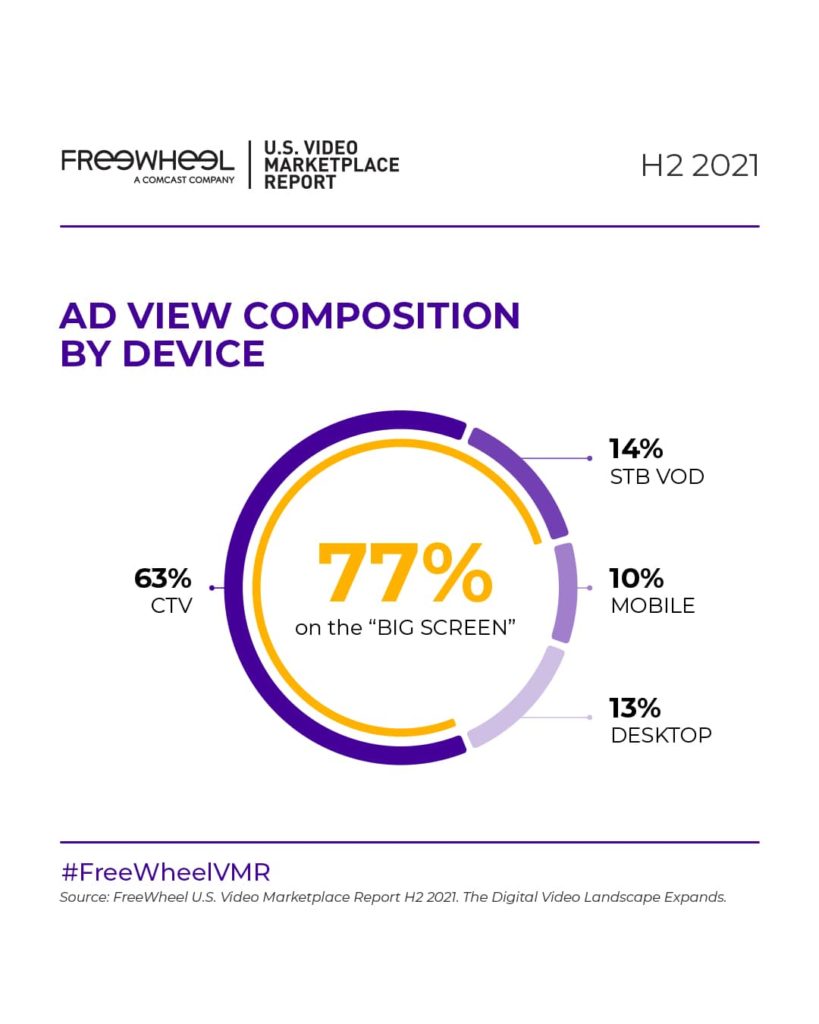
So what does the continuing growth of digital video mean for advertisers? If you are still putting the same budget into traditional TV advertising, you’re getting screwed.
People still watch broadcast TV, but the number is dwindling. And, the more they “cut the cord” and move to streaming, the less they watch the local affiliates where your ads are running.
You need to adapt your digital advertising strategy if you want to capture the burgeoning audience of viewers who consume video content like traditional TV viewers but approach the entertainment experience with very different sensibilities and expectations. Here are 3 tips to pivot your advertising strategy to capitalize on streaming:

1. Know Streaming Video Terminology
First, it is important to know that connected TV occupies a very specific niche among digital video consumers. It refers specifically to people who watch streaming video on connected and smart TVs (an audience that makes up more than 60% of digital video ad views).
Marketers and advertisers often use CTV and OTT as though they are interchangeable. They are not, and the conflation of the two terms frequently leads to confusion and disappointment among businesses who take the plunge into streaming video ads.
OTT ads may be served on connected and smart TVs but they can also appear in other streaming video formats, such as pre-roll and mid-roll ads on YouTube and other sites. If you want to focus specifically on connected TV, you need to know what you are buying.
It is also important to understand the format. Ad-supported streaming platforms may serve ads when subscribers view video clips, longform content, and live streams.
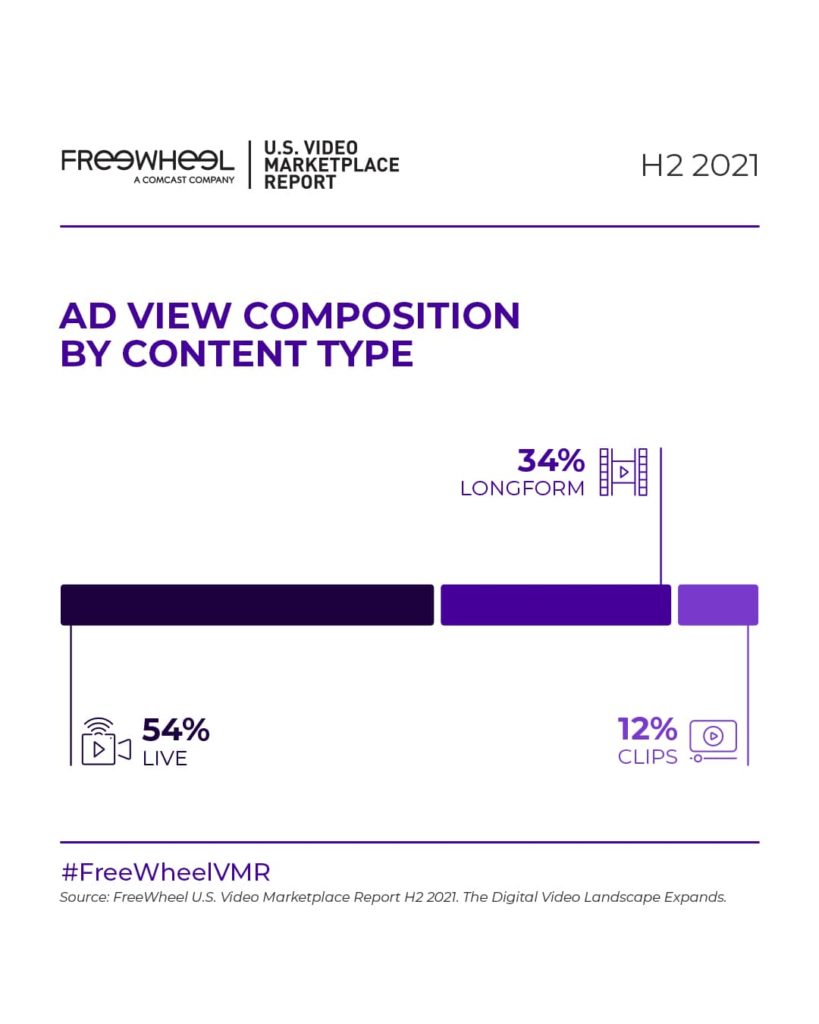
Live TV doesn’t just refer to coverage of events happening in real time. It also includes channels devoted to 24/7 programming related to movies, favorite genres of shows, and more. Viewers can access these services any time and find something to watch; unlike broadcast TV, they can see your ads any time as well.
And, although sports is a dominant source of viewers and ad revenue on broadcast television, sports programming represents a very small portion (just 4%) of the ad views on CTV.
This departure from traditional TV audiences is noteworthy. More viewers watch connected TV for news (6%) and many more watch CTV for entertainment (90%).
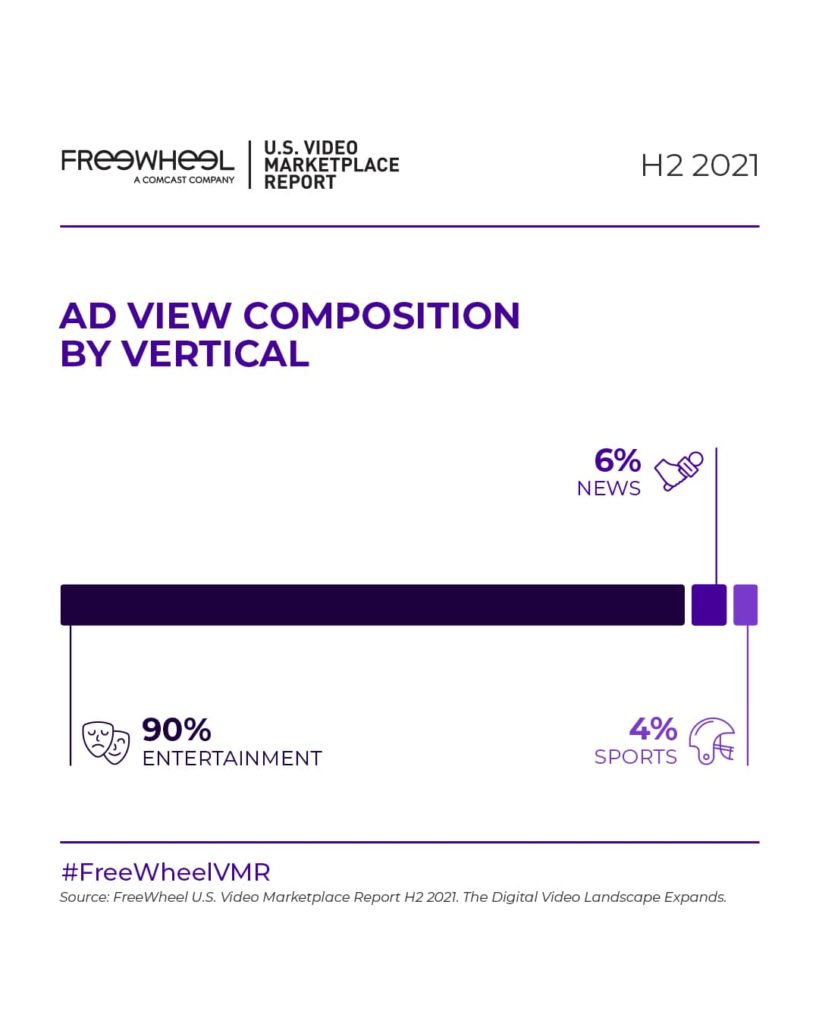
Because tastes in entertainment vary so widely (as opposed to news and sports, which tend to be more akin to a “general” audience), businesses need to work even harder to understand the target audience for connected TV and develop ads that resonate with viewers.

2. Know the Digital Video Audience
If you don’t understand your audience, your advertising campaigns won’t succeed. Digital viewers might be “watching TV,” but they don’t do it the way people did 20, 10, or even 5 years ago.
For most viewers, the days of George “because it’s on TV” Costanza are over.
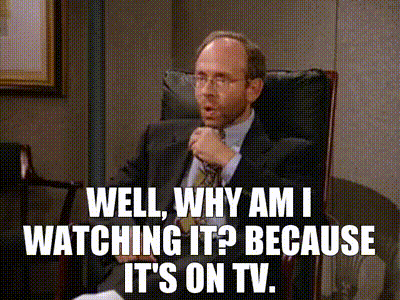
Audiences have an unprecedented level of choice in what they watch, and they are not going to let the networks dictate what programs they view or when they tune in. Businesses can no longer count on “must-see TV” to get their ads in front of viewers. Instead, they need to adapt to the rising tide of audiences who seek news, sports, and entertainment in their own time and on their own terms.
Fortunately, connected TV advertising vendors (a landscape broadly consisting of the streaming platforms themselves as well as media conglomerates, individual television networks, and programmatic ad buyers) collect a significant amount of audience data. Demographic targeting accounts for 39% of CTV ads. Behavioral targeting, meanwhile, makes up an impressive 61% of ads on CTV.
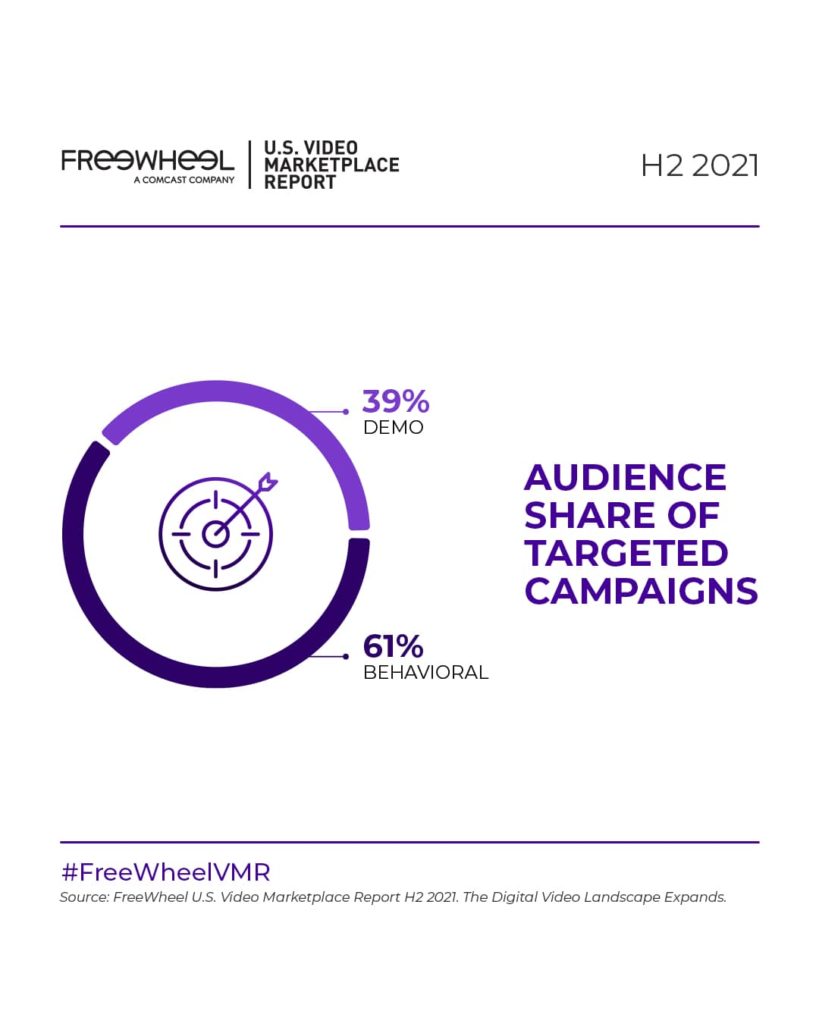
Bottom line: Audience targeting is only getting better on connected TV. If you’re accustomed to spending advertising dollars on traditional broadcast television ads, you will be amazed at the wealth of data available to help you customize and hone in on your ideal audience.
When you precisely target your CTV advertising to the right audience, the viewers who see your ads are more likely to pay attention. This, in turn, should lead to a higher ROI on your campaigns.

3. Know What You Want to Achieve with CTV Advertising
Every single advertising campaign your business invests in should have a clear, measurable goal. This is especially important when diversifying your media mix or shifting your focus to a new advertising channel, such as moving from traditional TV advertising to CTV ads.
One of the biggest advantages of connected TV ads is that they cannot be skipped. Viewers have to wait for the ad block to end before they can resume their program.
Although this creates a captive audience (like with broadcast TV), it also means that audiences will quickly ignore CTV ads that don’t capture their interest. If your ad fails to connect in the first couple of seconds (if that), viewers will hit the mute button, look down at their phones, leave the room, etc. They might not change the channel like they would with regular TV, but they will find a way to tune out your ad.
This raises another important factor to be aware of when you get started with CTV advertising. Unlike the video ads you see on your phone, tablet, or computer, ads on smart and connected TVs are non-interactive. Viewers can’t click on the ad to visit your website or take action beyond just watching.
Businesses need to create ads for audiences with short attention spans (8 seconds might be the rule of thumb now, but that number will probably trend downward). And “attention” is the keyword here, because the most effective role of CTV ads in your media mix is driving awareness of your business and interest in your products and services.
You can evaluate the success of your CTV advertising through analytics and reporting. The company that sold you the ads should send reports on campaign performance. You can also correlate effective connected TV advertising with improvements in other key online metrics, such as increased searches for your business name and spikes in website traffic.
Ultimately, traditional broadcast TV advertising and ad campaigns on CTV serve similar purposes. They introduce audiences to your business and, when the ads do their job, they encourage interested consumers to buy from you when the need or desire arises.
The difference, however, is that broadcast television advertising is strictly for a mass audience. Connected TV ads, meanwhile, are driven by granular targeting that can help you get in front of a narrowly defined audience of customers who are more likely to buy.

Want to Explore Digital Video Ads? Twelve Three Media Can Help!
Ad-supported video content comes in many different forms. From connected TVs to smartphones and all of the devices and screen sizes in between, there is no shortage of novel ways for advertisers to reach consumers on the couch and beyond.
The key is to be smart about how you add digital video ads to your paid media strategy. If you are accustomed to the broadcast TV advertising landscape, it is important to understand the unique benefits and challenges of branching out into digital video campaigns.
At Twelve Three Media, our team is well-versed in both tried-and-true and novel, emerging advertising strategies. In addition to helping businesses identify a target audience, our Digital Marketing Experts have the knowledge and experience to help you develop engaging video content for multiple formats. We obsessively track the results of your campaigns and work closely with you to maximize ROI across all channels.
